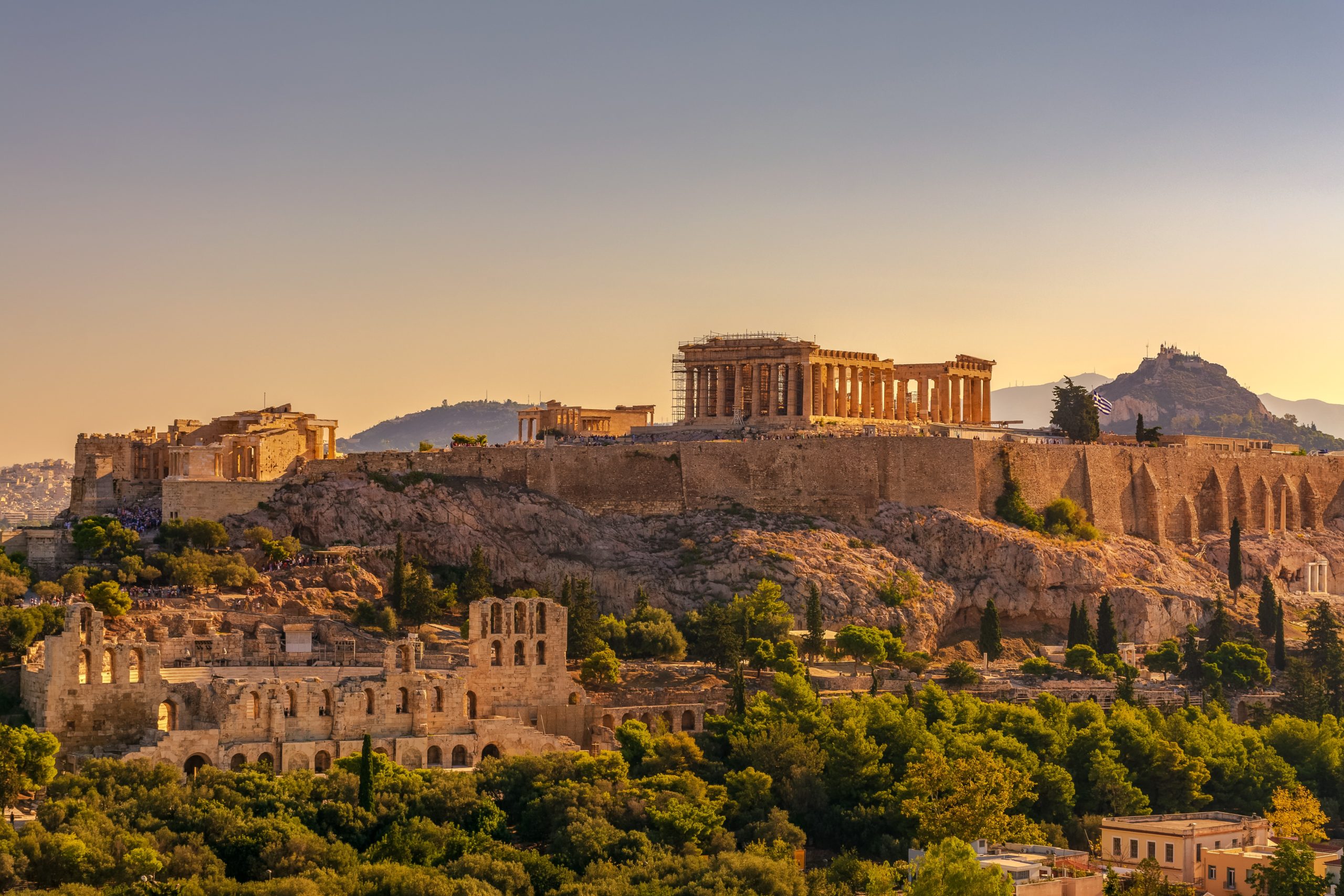4. Study Questions Copy
Romans tended to look for similarities between deities and were happy to assimilate those gods and rituals that seemed similar or could tolerate them. Some religious rites were seen as disruptive and were banned (Bacchus) whilst others were treated with a degree of caution (Cybele, Isis). Jews were seen as oddities within Rome but appeared to have suffered little persecution within the capital, even when they rebelled in Judea.
They often tended to revitalise religious practices, which often centred around the formulistic public state religion. They also may have bled into Roman practices, making hybrid forms of worship and ritual.
Worshipping the emperor was a way of pledging allegiance to the state. To refuse to do could be considered an act of treason.
The main groups were Jews and Christians (both monotheistic faiths, who also rejected the worshipping of icons).
Romanisation usually has meant the imposition of Roman cultural features (language, laws, food, infrastructure etc) on another country (either one that has been forcibly seized or one that was an ally). It may be problematic as the term implies that the influence was one way, whereas we now think that it was a two-way process, with both cultures influencing each other to produce hybrid forms.
The baths not only provided a cleaning service to the citizens. It was also a place for sport, socialising and networking.

